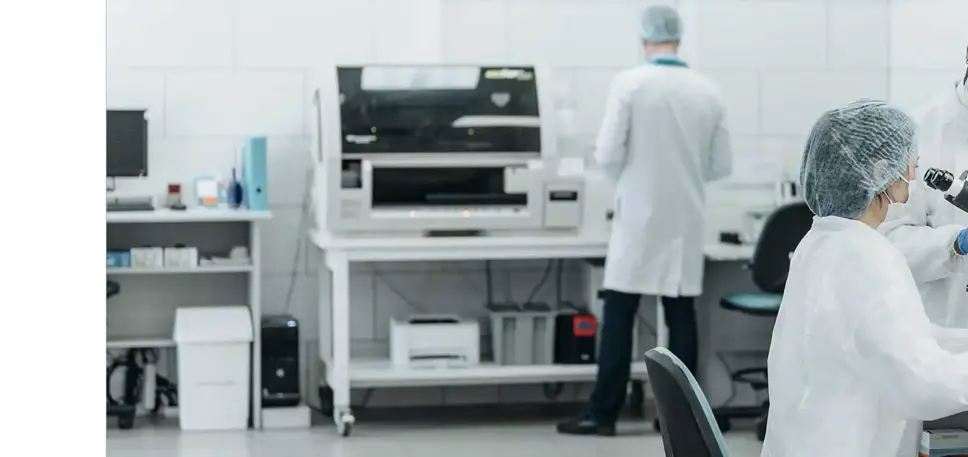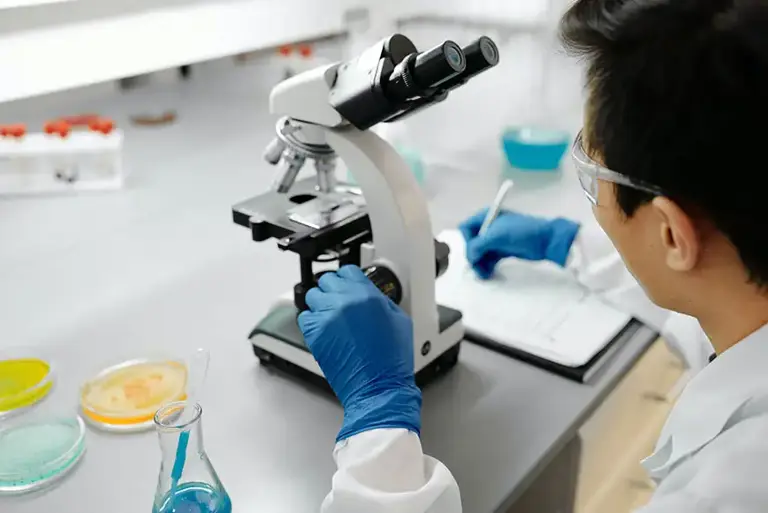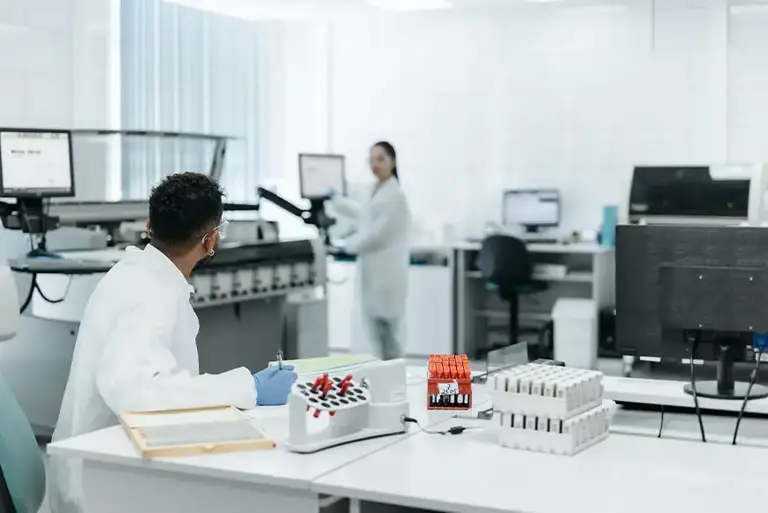Quality

Quality involves developing and implementing systems to ensure that medicines are manufactured to the highest standard.
People working within quality roles do this to ensure that the final products satisfy the quality aspects of the regulatory requirements relating to them. This function ensures that quality is built in to the medicine by adherence to Standard Operating Procedures (SOPs), as developed by the quality divisions: Quality Assurance and Quality Control.
The Quality Assurance aspect is process and management oriented, with a focus on guaranteeing that there is quality in a product or process that is repeatable, with little to no room for error. This assures quality without relying solely on testing the product at the end of the process.
The Quality Control aspect is product oriented, and is a corrective tool. Everything must be tested, from raw materials all the way through to the final pharmaceutical product. Different attributes are checked to ensure that defects are not present, and if defects are present, they must be corrected by collaborating with the relevant groups within manufacturing and supply.
The final responsibility for certifying that a batch of medicine meets its specifications lies with the Qualified Person (QP). However, they rely on support from a team of people with specific responsibilities for manufacturing, primarily those working in quality control and quality assurance.
You can find specific information on these areas of employment using the links on the left side of this page.

Making sure that every medicine is of the highest standard possible.

Manufacturers have to have quality systems for the design, manufacture, packaging, labelling and storage of medicines.

A Qualified Person (QP) is a key figure in the quality assurance of medicines produced by pharmaceutical companies.
